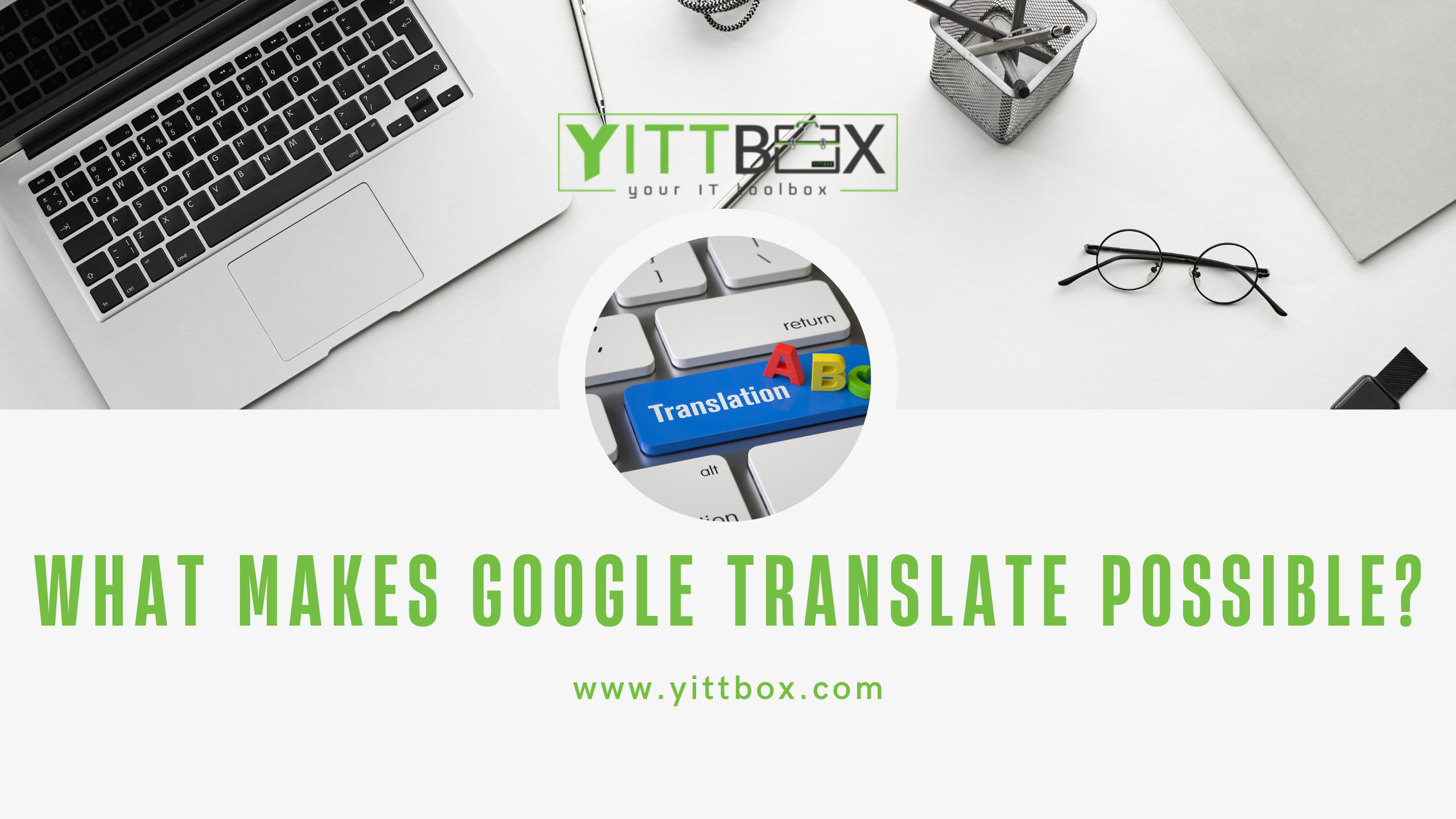One of the greatest magics of technology is its ability to bridge different cultures and understandings. Who would have thought that two people who do not share the same language can make a meaningful and sensible conversation with one another with the help of a handy device? Thanks to Google Translate, you can now check the ingredients of imported goods, date people outside your country, and ask a cab driver to take you to your holiday destination without a glitch. Ever wonder how this technology is possible?
How Google Translate works
Google Translate uses a combination of some pretty cool technologies to make these conversations happen. It relies on machine learning, statistical analysis, and natural language processing to produce translations that aim to be as accurate as possible.
To start with, Google Translate looks for patterns in millions of documents to identify common phrases and expressions in different languages. This creates a massive database that the system uses to continually improve its accuracy over time.
The system also uses a neural machine translation technology that was introduced in 2016. This technology is based on deep learning algorithms that can recognize and process natural language patterns. It breaks down sentences into smaller parts and analyzes them in context to generate the most accurate translation possible.
But that's not all! Google Translate also incorporates statistical machine translation, which involves analyzing the frequency and patterns of words in different languages to create a statistical model of their translations. The system then uses this model to predict the most likely translation of a sentence based on its context.
Finally, natural language processing (NLP) technology is used to analyze the context and meaning of a sentence to generate the most accurate translation possible. NLP algorithms analyze the grammar, syntax, and meaning of words to ensure that the translation is grammatically correct and conveys the intended meaning.
What are the pros of Google Translate?
One of the major advantages of Google Translate is its ability to translate a wide range of languages. It currently supports over 100 languages, making it a valuable tool for people all over the world. Plus, it is constantly improving its accuracy thanks to its machine learning algorithms, which learn from each translation it performs.
Another advantage of Google Translate is its ease of use. The service is available for free online and can be used by anyone with an internet connection. It is also available as a mobile app, making it convenient for people who need to translate on the go.
What are the disadvantages of Google Translate?
Of course, Google Translate is not perfect. If you have tried translating words in your own language to another that you speak fluently as well, you will notice it’s not accurate all the time. The accuracy of the translation this cool tool makes depends on the complexity of the text being translated. Idiomatic expressions and cultural references get lost in translation most of the time.
If you need to translate important documents or anything for formal use and situations, it may be best to not entirely depend on Google Translate.







